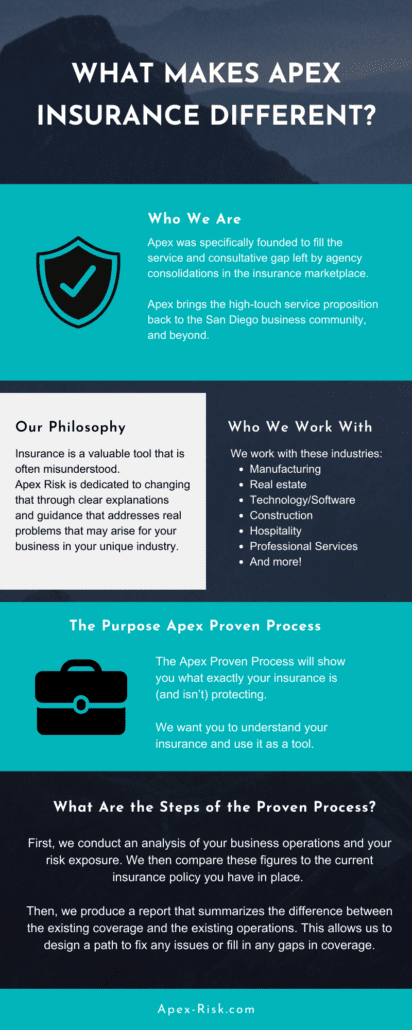About Pacific Prime
Wiki Article
All About Pacific Prime
Table of ContentsGetting The Pacific Prime To WorkThe Main Principles Of Pacific Prime Our Pacific Prime DiariesThe Main Principles Of Pacific Prime The Best Strategy To Use For Pacific Prime

This is due to the fact that the data were accumulated for a duration of solid financial performance. Of the approximated 42 million individuals that were without insurance, almost about 420,000 (concerning 1 percent) were under 65 years of age, the age at which most Americans come to be eligible for Medicare; 32 million were grownups in between ages 18 and 65, around 19 percent of all adults in this age group; and 10 million were youngsters under 18 years of age, about 13.9 percent of all children (Mills, 2000).
These estimates of the variety of individuals uninsured are created from the yearly March Supplement to the Existing Population Study (CPS), carried out by the Demographics Bureau. Unless otherwise kept in mind, nationwide estimates of individuals without health insurance and percentages of the population with different kinds of insurance coverage are based upon the CPS, the most commonly utilized source of estimates of insurance coverage and uninsurance rates.
Pacific Prime Things To Know Before You Buy

Still, the CPS is particularly helpful because it creates yearly estimates relatively rapidly, reporting the previous year's insurance policy protection estimates each September, and because it is the basis for a constant collection of price quotes for greater than twenty years, enabling evaluation of patterns in insurance coverage with time. For these factors, in addition to the extensive use of the CPS in various other research studies of insurance policy coverage that are presented in this next page record, we depend on CPS quotes, with constraints noted.

The estimate of the variety of without insurance individuals increases when a populace's insurance policy standing is tracked for a number of years. Over a three-year duration beginning early in 1993, 72 million people, 29 percent of the united state population, lacked coverage for a minimum of one month. Within a single year (1994 ), 53 million people experienced at the very least a month without protection (Bennefield, 1998a)
Six out of every ten uninsured grownups are themselves used. Although functioning does enhance the chance that and one's relative will certainly have insurance policy, it is not a guarantee. Even members of households with 2 permanent breadwinner have almost a one-in-ten possibility of being without insurance (9.1 percent uninsured price) (Hoffman and Pohl, 2000).
Pacific Prime - Questions
New immigrants account for a considerable percentage of people without medical insurance. One analysis has attributed a considerable section of the current development in the dimension of the U.S. without insurance populace to immigrants who showed up in the country between 1994 and 1998 (Camarota and Edwards, 2000). Current immigrants (those who concerned the United States within the past four years) do have a high rate of being without insurance (46 percent), but they and their youngsters represent just 6 percent of those without insurance policy nationally (Holahan et al., 2001).The connection in between wellness insurance and access to care is well developed, as documented later in this chapter. Although the connection in between health and wellness insurance and health and wellness results is neither straight nor straightforward, a considerable clinical and health services research study literature web links wellness insurance protection to better accessibility to care, better high quality, and enhanced personal and population wellness status.
Degrees of analysis for checking out the impacts of uninsurance. It concentrates particularly on those without any kind of health insurance coverage for any type of size of time.
Pacific Prime for Dummies
The issues encountered by the underinsured are in some aspects similar to those dealt with by the without insurance, although they are generally less serious. Wellness insurance policy, nevertheless, is neither required nor adequate to get accessibility to medical solutions. The independent and direct result of health and wellness insurance coverage on access to health solutions is well developed.
Others will certainly obtain the health and wellness care they require also without health insurance, by paying for it expense or seeking it from service providers who provide treatment free or at extremely subsidized prices. For still others, health and wellness insurance alone does not guarantee invoice of care because of various other nonfinancial obstacles, such as a lack of healthcare providers in their neighborhood, restricted accessibility to transport, illiteracy, or linguistic and cultural differences.
Pacific Prime - Truths
Formal study regarding uninsured populaces in the United States dates to the late 1920s and early 1930s when the Committee on the Cost of Medical Care generated a series of records regarding financing medical professional office gos to and hospitalizations. This issue came to be prominent as the varieties of medically indigent climbed up throughout the Great Anxiety.Report this wiki page